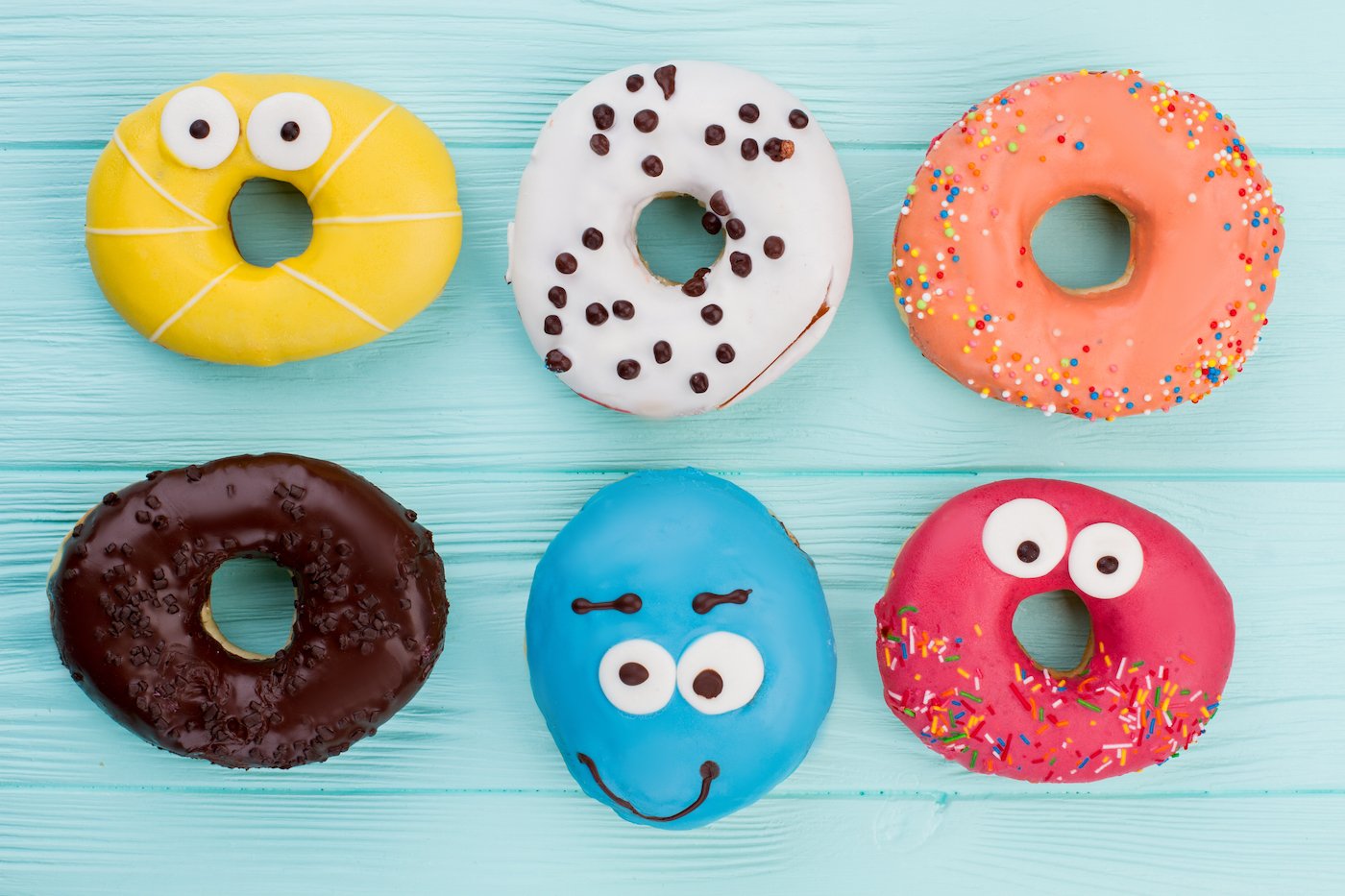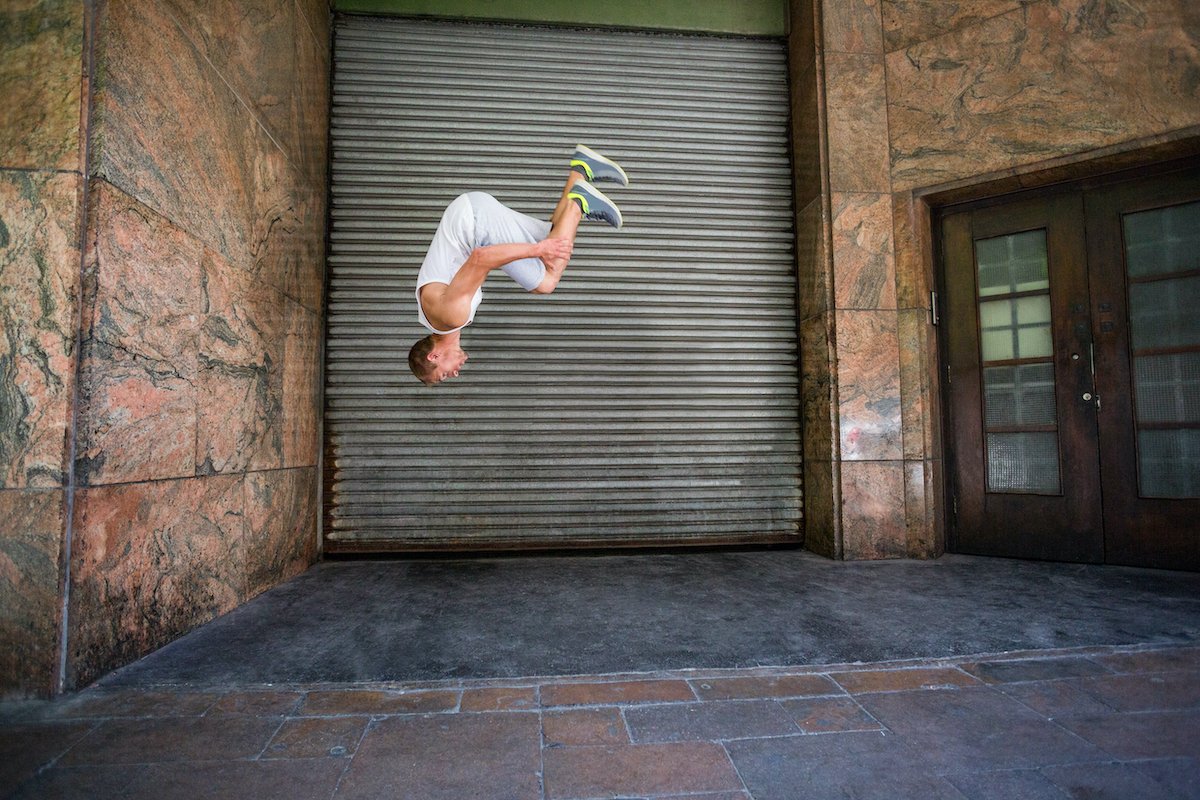What is ‘Mindshare’ and How Do You Measure It?
In the attention economy, eyeballs are cheap, just pay for it and you can get in front of lots of people.
But mindshare is everything.
It’s what separates forgettable brands from the ones that live rent-free in people’s heads. The ones that shape choices before a customer even knows they’re making one.
If you’ve not heard of it before, mindshare is the level of awareness, salience, and mental availability a brand occupies in the minds of its target audience. It's not just about being known, it’s about being remembered first, associated with relevance, trust, and emotional resonance.
From a psychological standpoint, mindshare taps into cognitive availability, a concept from behavioural economics referring to how easily a brand or idea comes to mind when someone is faced with a decision. Nobel laureate Daniel Kahneman calls this System 1 thinking: fast, intuitive, and emotionally led. In this system, brands that have high mindshare are effortlessly recalled and often chosen without deep analysis.
The Neuroscience of Mindshare
Neuroscientific research into branding shows that the most memorable brands activate the ventromedial prefrontal cortex, the area of the brain linked to self-relevance and decision-making. The stronger the emotional tie, the stronger the recall. This is why storytelling, distinctive assets (like logos, colours, sounds), and consistency matter so much. They literally imprint your brand into long-term memory.
In UX and design, mindshare shows up when your interface or identity feels so familiar and intuitive that users barely notice it, yet they trust it. This seamless blend of usability and recognisability is no accident; it’s the result of consistent, psychology-informed design systems that build familiarity and fluency over time.
Measuring Mindshare in the Real World
While it’s intangible, mindshare can absolutely be measured using a mix of qualitative and quantitative methods:
1. Unaided Brand Recall
Ask your audience: “Which brands come to mind when you think of [category]?”
If yours is mentioned without prompting, you’re winning mindshare.
2. Search Volume and Online Mentions
Track how often your brand is being searched, mentioned, or tagged. A rise in brand name searches suggests that your brand is sticking in people's minds.
3. Share of Voice (SOV) vs. Share of Market (SOM)
In advertising, if your SOV (how much of the conversation your brand owns) is greater than your SOM, you’re likely building mindshare. This is often a leading indicator of future growth.
4. Social Listening & Sentiment Analysis
Using tools to monitor how people feel when they mention your brand is crucial. Positive emotional tone correlates with stronger long-term memory encoding.
5. UX Benchmarks & Brand Recognition Tests
A/B tests with different logos, colours, or layouts can help gauge which design assets are most recognisable. The more fluently your brand is processed, the more it lodges in memory, a phenomenon known as the processing fluency effect.
Final Thoughts
Mindshare is the invisible asset behind category leaders. You can’t touch it, but you can build it , through clarity, consistency, emotional relevance, and design that doesn’t just look good, but feels right. At Hiatus, we don’t just create visuals; we engineer memory, meaning, and momentum.
Want to own your category? Start by owning a place in your customer’s mind.
You might also like:
















